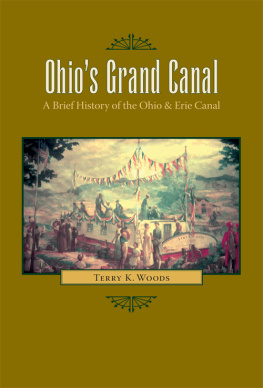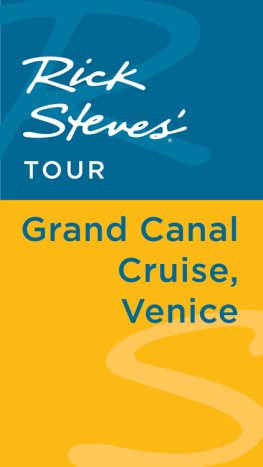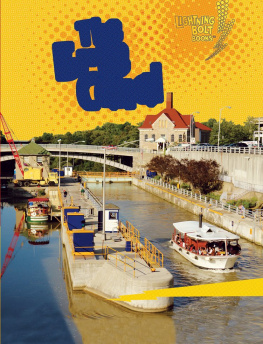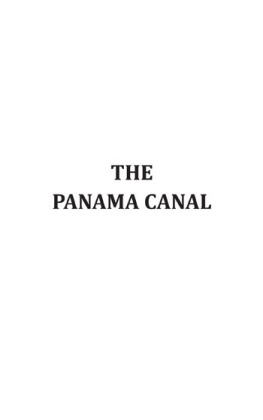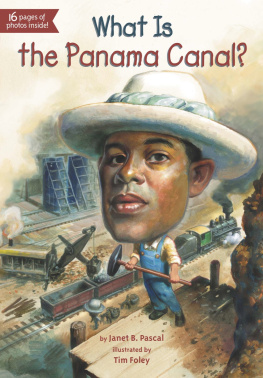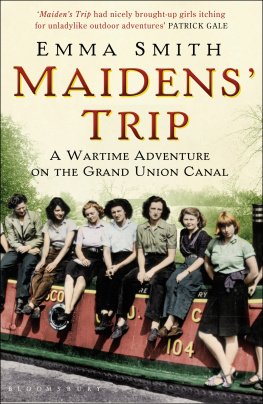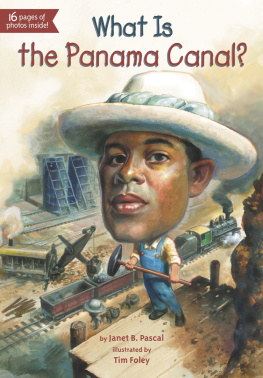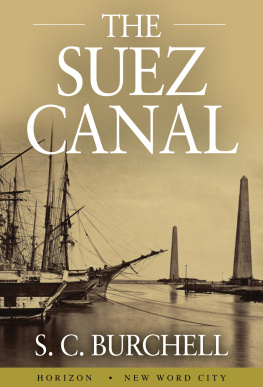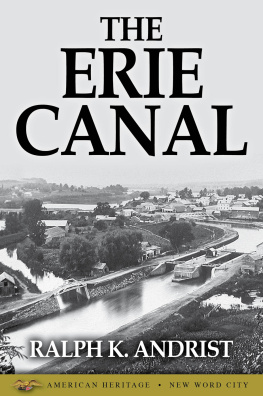
Praise for the book
The Nicaragua Grand Canal is a clear, balanced and accessible analysis of the background to the canal and its implications.
Jenny Pearce, Professor Latin American Politics,
Peace Studies, University of Bradford
This book is fluent and supple in its expression and admirably open-minded in assessing the complex challenges faced by all parties. Well done indeed!
James Dunkerley, Professor of Latin American Politics,
Queen Mary College, University of London
This latest briefing from LAB should become indispensable reading for anyone concerned with Nicaraguas future. It is succinct and highly readable, yet well-grounded in the wide literature on this controversial project. Beginning with the history of Nicaraguas perennial dream of a transoceanic canal, it succinctly explores its complex modern economic, political, social, and environmental implications. With convincing authority it conveys an acute sense of the hopes and uncertainties besetting the enterprise, enmeshed as it is within a dual context of international instability and the conflictive politics of Nicaragua under its second Sandinista government.
Jane Freeland, Centre for Transnational Studies,
University of Southampton

Practical Action Publishing Ltd
The Schumacher Centre,
Bourton on Dunsmore, Rugby,
Warwickshire, CV23 9QZ, UK
www.practicalactionpublishing.org
Russell White
The right of the author to be identified as author of the work has been asserted under sections 77 and 78 of the Copyright Designs and Patents Act 1988.
All rights reserved. No part of this publication may be reprinted or reproduced or utilized in any form or by any electronic, mechanical, or other means, now known or hereafter invented, including photocopying and recording, or in any information storage or retrieval system, without the written permission of the publishers.
Product or corporate names may be trademarks or registered trademarks, and are used only for identification and explanation without intent to infringe.
A catalogue record for this book is available from the British Library.
A catalogue record for this book has been requested from the Library of Congress.
ISBN 9781853394091 Hardback
ISBN 9781909014107 Paperback
ISBN 9781909014121 Library Ebook
ISBN 9781909014114 Ebook
Citation: White, R., (2015) The Nicaragua Grand Canal Economic Miracle or Folie de Grandeur?, Rugby, UK: Practical Action Publishing,
Since 1974, Practical Action Publishing has published and disseminated books and information in support of international development work throughout the world. Practical Action Publishing is a trading name of Practical Action Publishing Ltd (Company Reg. No. 1159018), the wholly owned publishing company of Practical Action. Practical Action Publishing trades only in support of its parent charity objectives and any profits are covenanted back to Practical Action (Charity Reg. No. 247257, Group VAT Registration No. 880 9924 76).
The views and opinions in this publication are those of the author and do not represent those of Practical Action Publishing Ltd or its parent charity Practical Action. Reasonable efforts have been made to publish reliable data and information, but the authors and publisher cannot assume responsibility for the validity of all materials or for the consequences of their use.
Cover design by Andrew Corbett
Cover image: Bigstock
Typeset by Allzone Digital Services Ltd.
Printed in the United Kingdom
Contents

Every schoolchild can name the worlds two most famous canals: the Suez and the Panama. Soon, there may be a third: the Nicaragua Grand Interoceanic Canal, intended to complement and eventually replace the Panama Canal and provide a modern link for shipping between the Atlantic and the Pacific oceans. However they are financed, such vast projects invariably project the trading and imperial ambitions of the great powers France and Britain in the case of Suez, and France and the United States for Panama. The Nicaraguan Canal appears to be a project for the new kid on the block China.
The Nicaragua Canal broke ground on Monday 22 December 2014 at a ceremony at Tola Rivas near the tiny fishing village of Brito on the Pacific Coast. Both Nicaraguan President, Daniel Ortega, and Wang Jing, the billionaire businessman behind Chinese construction company Hong Kong Nicaragua Canal Development Group (HKND), spoke at the ceremony. Ortega heralded the project as a boon for both Nicaragua and Latin America, noting that Today we are a region where we defend the principle of sovereignty, where we hold up the region as a region of peace, and therefore it is not an accident that this project is being carried out when, in our Americas, we have succeeded in making this great historic leap towards integration and unity of all our peoples (Small, 2015). Ortega also said that the Chinese have not come to Nicaragua with occupying troops but have instead come to share their resources, their capabilities, their development, their technology, their science with the Nicaraguan people. The Canal project, he said, represented the meeting of two peoples, the glorious people of China with the glorious Nicaraguan people (Small, 2015).
HKNDs website, meanwhile, carried an excerpt from Wangs speech, which was similarly ebullient in its attempt to capture the historical significance of the Canal: With roar of the truck traversing time and space, the century-old dream has become a reality. It carries Nicaraguans happiness and bright future, embodies our painstaking efforts and will change the status of maritime trade (HKND, 2014b). Wang also referred to the challenges that the Canal project presented, but assured the audience that HKND, working with the Nicaraguan Government and world-class companies and scientists from the US, UK, Belgium, Australia and China, would be able to overcome them (HKND, 2014b). Although the ceremony itself was accompanied by some fanfare, it was actually largely symbolic, marking little more than the start of construction of access roads needed to transport large scale machinery, rather than the building of the Canal itself. Moreover, in the months since the groundbreaking ceremony, no construction activity has actually taken place.
On 14 June 2013 the Nicaraguan Congress, at the instigation of President Daniel Ortega, passed Law 840, the Ley especial para el desarrollo de infraestructura y transporte nicaragense atingente al Canal, zona de libre comercio e infraestructuras asociadas. This law granted the HKND a 100-year concession (an initial 50 years, with an option to renew for a further 50) to build an interoceanic canal through Nicaragua. The concession was agreed with quite startling speed. It was passed in a mere seven days, and it was passed without consultation with affected stakeholders and before any detailed studies had been undertaken into the Canals construction feasibility, economic viability, and likely social, economic and environmental impact.
At 172 miles (278km), the proposed Canal will be significantly longer than the Panama Canal which stretches for 51 miles (77km). Intended to run from the mouth of the Ro Brito on the Pacific Coast through Lake Cocibolca (also known as Lake Nicaragua) to the mouth of the Punta Gorda River on the Caribbean seaboard, this will be the worlds largest construction project. Alongside the Canal itself, the project will see the construction of two new deep-water sea ports (Brito Port on the Pacific Coast and guila Port on the Caribbean Coast), tourist complexes (including one at Ometepe Island in Lake Nicaragua), an airport (at Rivas) and satellite towns along the Canals path as well as the establishment of a Free Trade Zone (again at Rivas). Construction of these facilities will commence when the building of the canal is further advanced. The Canal will also see improvements made to the ports at Corinto and Bluefields. New highways (totaling some 595.66 km) and a new railroad will also be built, together with two bridges (Oquist, 2015: 14).


